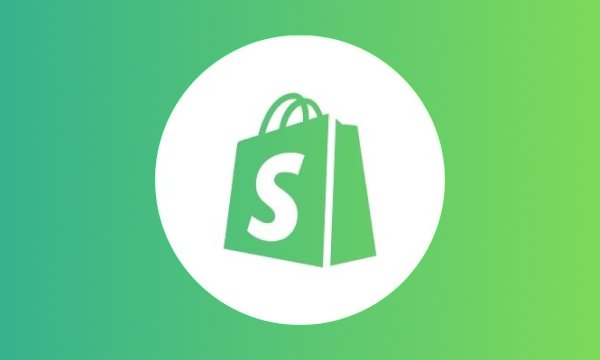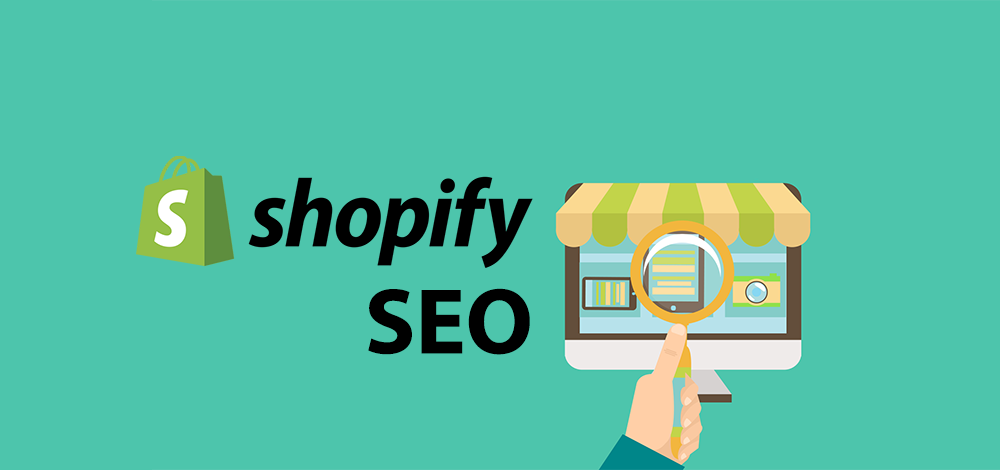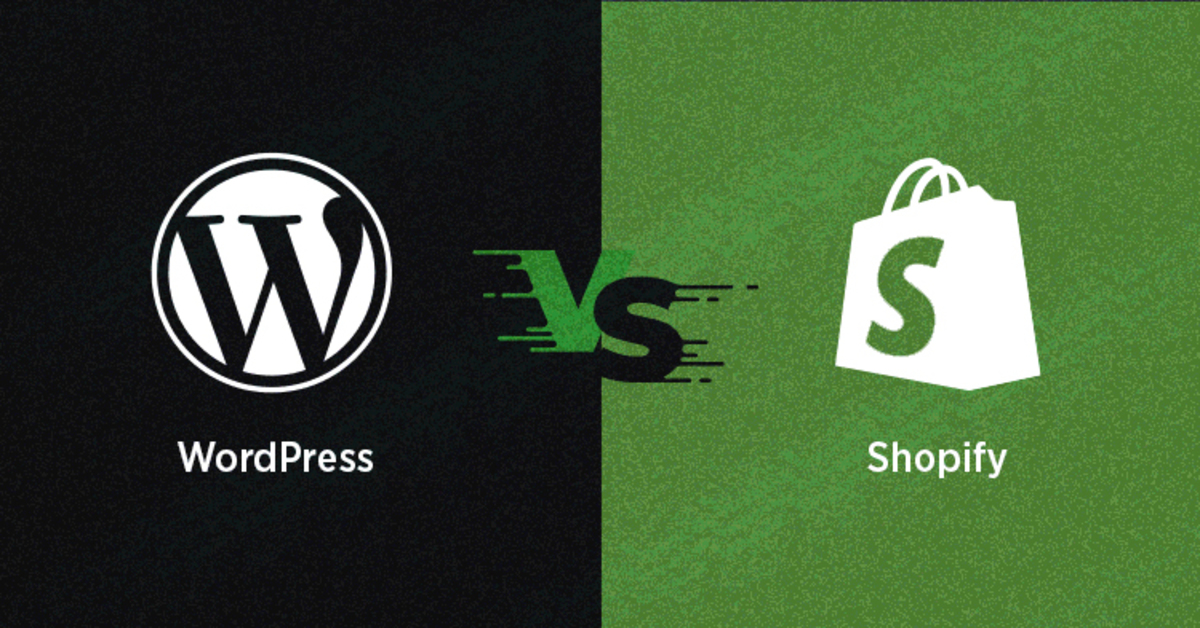Shopify Dropshipping: What It Is and How It Works?
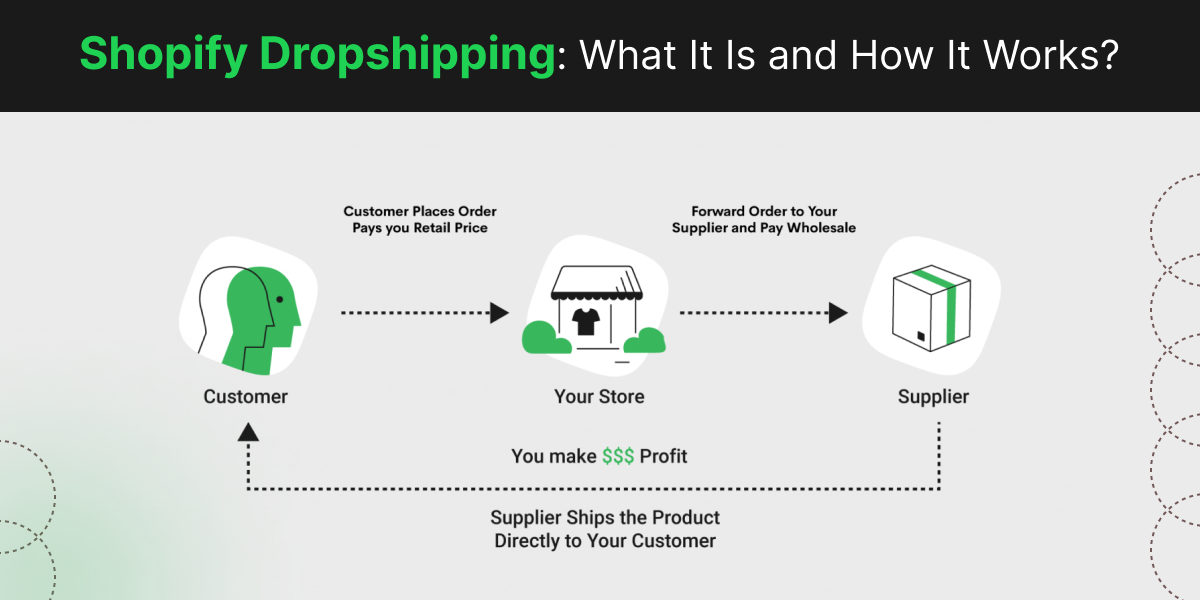
It’s no secret that setting up a new Shopify store requires a fair amount of investment and resources. So, is it possible to start a new e-commerce venture without expertise in coding, inventory budget, and effort to ship products daily? Well, it might sound like a dream business, but it’s a reality that’s possible through Shopify Dropshipping.
The dropshipping business model has emerged as a popular option among merchants with low investment. At the same time, Shopify has made it incredibly easy for merchants to start a dropship business, customize their store, build a product line, and fulfill customer orders at little to no upfront fees.
That’s not the end of Shopify dropshipping benefits! There’s a lot more for sellers. While sellers already leveraging this business model know the worth of it, others might find it challenging to understand. So, exactly is Shopify dropshipping, and how does it work? Is it a ‘Get-rich-quick’ scheme? Let’s find out in this detailed guide to understanding Shopify dropshipping.
Key Statistics on Shopify Dropshipping You Should Know Before You Get Started
- The Asia-Pacific region contributes to 25% of the overall dropshipping market in the world. (Source: Analyzify)
- The global dropshipping annual rate is projected to grow by 24.39% from 2020 to 2026, with it reaching $372.47 billion by 2025. (Source: Analyzify)
- 84% of e-commerce retailers find choosing the right dropshipping supplier challenging. (Source: Analyzify)
- The success rate of dropshipping businesses is estimated to be between 10-20%. (Source: Analyzify)
- Dropshippers generally earn 20-30% commission on every sale. (Source: Analyzify)
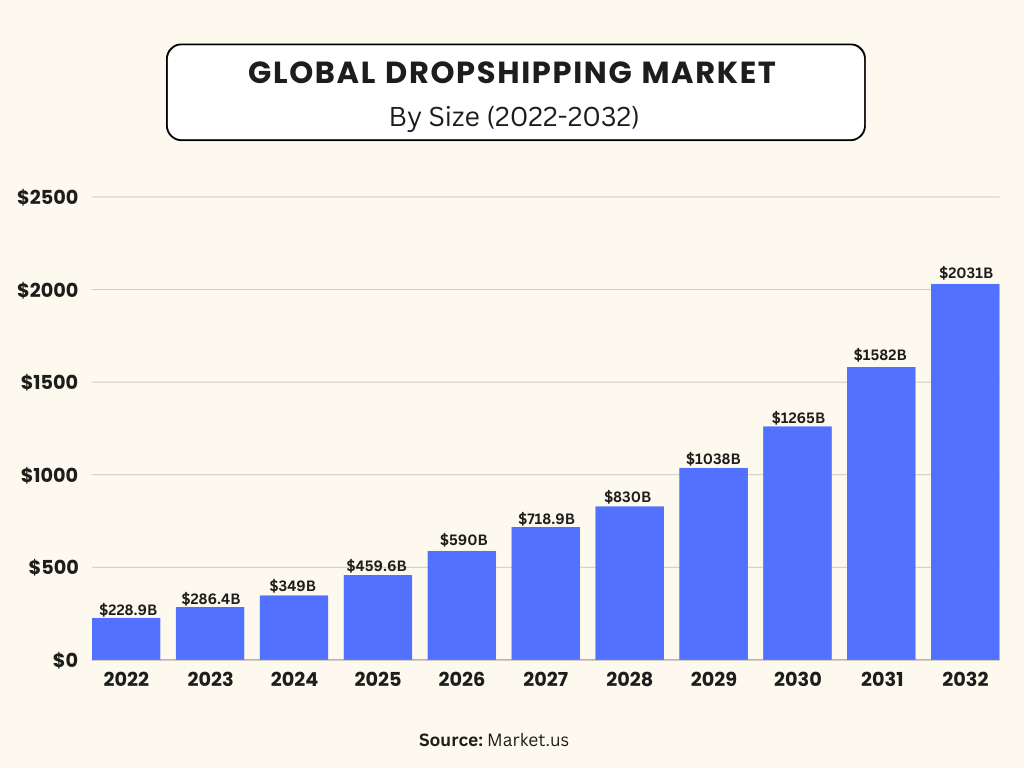
What is Shopify Dropshipping?
Dropshipping is an e-commerce business model in which the seller (dropshipper) doesn’t manufacture, store, or deliver any product. Instead, they accept the order via an online store and send it to a dropshipping supplier with a payment. The supplier will then be liable to deliver the product to the customer.
Many SMBs have started to embrace the dropshipping business model, as it has eliminated the hassle of fulfilling orders. This clearly means that they don’t need to pay for warehouse rent or worry about unsold inventory. Consequently, businesses can focus on other core competencies like marketing. The market for dropshipping is quite significant, with it generating over $300 billion in sales every year.
Who is the Dropshipper?
A dropshipper can be an individual seller or a business that accepts orders from customers and then passes them to a supplier for shipping and delivery. Shopify dropshippers often have a running store where they market and sell their products. Whenever a customer places an order, dropshippers also place corresponding orders to suppliers with a payment.
For instance, you’re a dropshipper on Shopify that sells dog foods. Whenever a customer purchases dog food, you will pass the order to your supplier, who really has a warehouse of pet products.
Who are Dropshipping Suppliers?
Dropshipping suppliers are businesses that fulfill the order placed by the dropshipper on behalf of customers. They often have warehouses where they store products, pack them to ship, and organize delivery to customer’s addresses.
As a dropshipper, you might have to work with an individual supplier or a platform hosting multiple suppliers like AliExpress.
Let’s take the above example again: a customer orders dog food, and the dropshipper accepts it and sends it to the supplier. Now, the supplier will pack the product and send it to the customer’s address.
How Does Shopify Dropshipping Work?
For individuals thinking of starting an e-commerce business, the concept of dropshipping through Shopify has emerged as a highly favored business model.
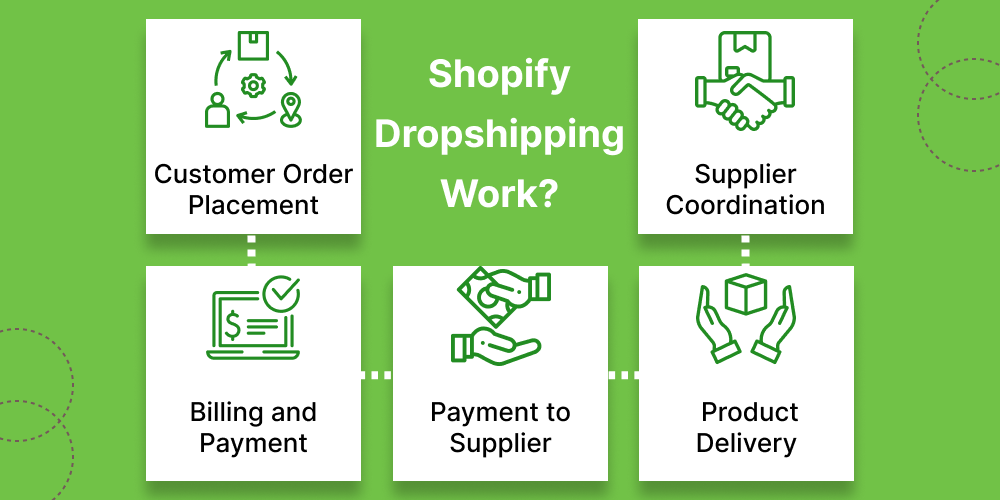
Here’s how Shopify dropshipping works in different stages:
Stage 1: Customer Order Placement
Customers place orders for products on your Shopify storefront and make online payments.
Stage 2: Supplier Coordination
Upon receiving an order, you, as the business owner, contact the supplier of the purchased product. It is crucial to furnish the supplier with all the necessary shipping details of the customer. Since you are not directly involved in packaging or shipping, it is vital to collaborate with reliable suppliers to ensure product quality.
Stage 3: Billing and Payment
Once the supplier acknowledges the order, you will be invoiced for the products.
Stage 4: Payment to Supplier
At this step, you are required to pay the supplier. The payment comprises two components: the product cost, typically a pre-negotiated wholesale price, and the dropshipping fee.
Stage 5: Product Delivery
The final step involves the supplier packaging and shipping the product directly to your customer within specified timelines.
(Popular dropshipping product categories on Shopify include apparel, footwear, kitchenware, home decor, pet supplies, beauty products, and personal care items. This business model offers a streamlined approach for new entrepreneurs to establish and operate an online retail venture with minimal upfront investment and inventory management.)
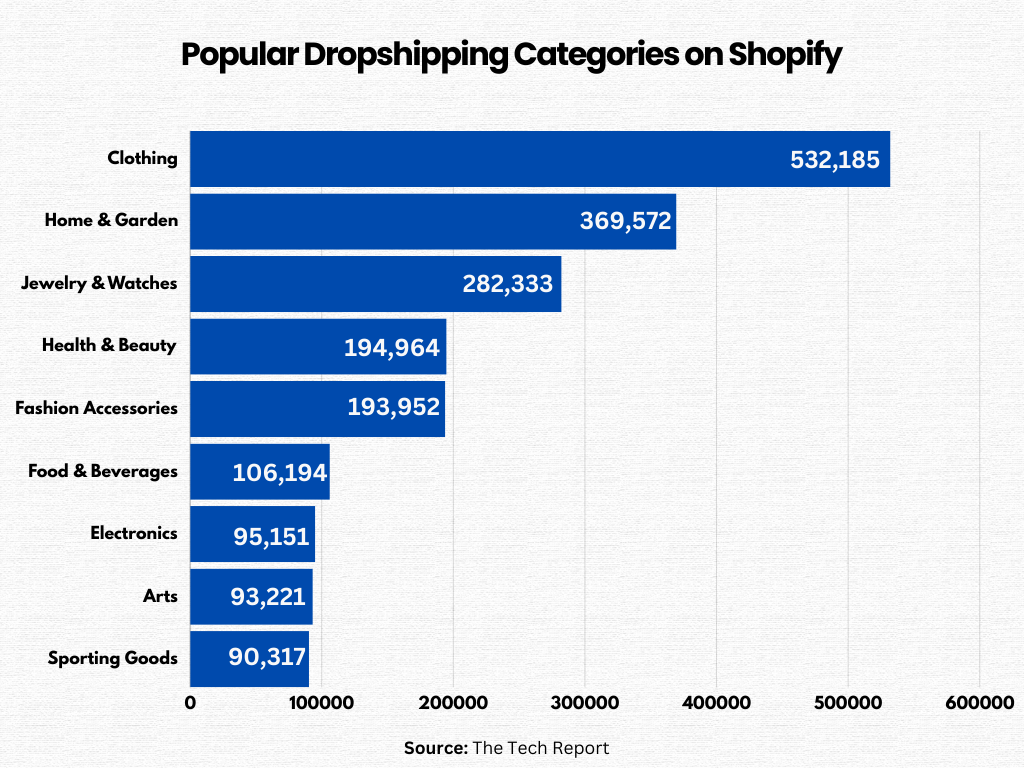
Benefits of Dropshipping on Shopify
With the availability of seller-friendly features, Shopify emerges as an excellent platform for starting a dropshipping business, offering numerous benefits to entrepreneurs. This business model has proven highly effective in helping small companies thrive and succeed.
Streamlined Ecommerce Solution
Shopify provides an all-in-one platform that simplifies the entire ecommerce process for dropshippers. The software integrates all necessary components, from website building to payment processing, into one easy-to-use system. Shopify also allows you to connect third-party apps for added customization and optimization of your online store.
User-Friendly Interface
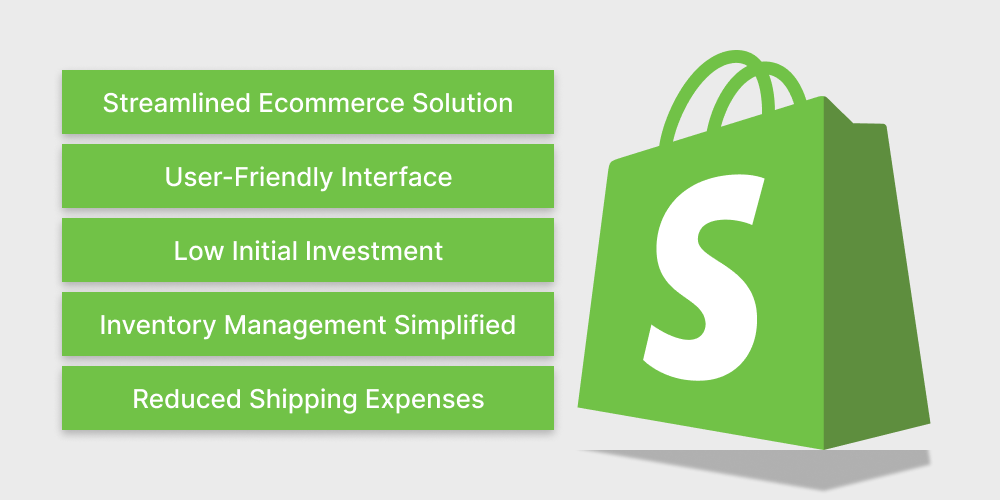
Shopify is designed to be intuitive and straightforward, making it suitable for both experienced and novice users. The platform offers a range of user-friendly features and extensive customer support to guide you through the process of setting up and managing your dropshipping business.
Low Initial Investment
One of the most significant advantages of using Shopify for dropshipping is the ability to launch your business with minimal upfront investment. You can create and launch your online store within hours of signing up with Shopify without the need for significant initial capital investment.
Inventory Management Simplified
Inventory management can be a significant challenge for traditional retail businesses. However, with Shopify dropshipping, you no longer have to worry about the costs and logistics of storing physical products. Your supplier will ship products directly to your customers as orders are placed, eliminating the need for you to hold inventory.
Reduced Shipping Expenses
Dropshipping also offers the benefit of reduced shipping costs. Since you only need to place orders with your supplier when a customer makes a purchase, you avoid the expenses associated with shipping products to your own location before sending them to the customer.
These benefits make Shopify attractive for entrepreneurs looking to launch a successful online business with minimal risk and overhead.
Pros and Cons of Dropshipping
Dropshipping offers numerous benefits for ecommerce businesses, but there are also drawbacks. Let’s discuss both aspects.
Pros of Shopify Dropshipping

Low Capital Requirement
One key advantage of Shopify dropshipping is its minimal capital investment requirement. Unlike traditional retail models, you do not need to purchase inventory upfront. Instead, you only pay for products once they are sold and payment is received from the customer.
Simplified Management
Managing a dropshipping store is relatively straightforward. You can focus on launching and running your store efficiently without the need to handle inventory storage, maintenance, or shipping. This allows you to dedicate more resources to enhancing your store’s design and marketing strategies.
Minimal Overhead Costs
In addition to avoiding upfront inventory expenses, dropshipping eliminates other common e-commerce costs like inventory storage and fulfillment. This cost-effective approach can help maximize your profit margins.
Diverse Product Range
Dropshipping provides access to a wide variety of products without the constraints of stocking inventory. With no financial barriers to adding new items, you can offer customers a broad selection of products, catering to diverse preferences and increasing sales potential.
Scalability
The nature of dropshipping shifts much of the operational workload to suppliers, facilitating easy scalability. This means you can effortlessly expand your product range and grow your ecommerce business without the burden of managing extensive inventory or logistics.
Cons of Shopify Dropshipping
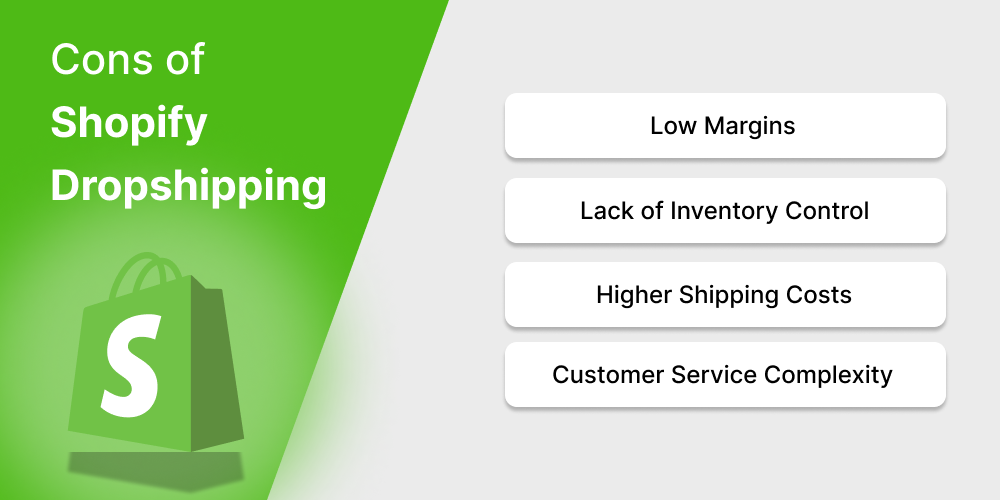
Low Margins
Due to intense competition in the market, dropshipping often offers low margins. Setting up and running a dropshipping store is relatively easy and cost-effective, leading many retailers to price their products very competitively.
Lack of Inventory Control
One significant drawback of dropshipping is the lack of control over inventory and supplier issues. Managing inventory becomes challenging when relying on suppliers who cater to multiple retailers. However, utilizing dropship automation software can help integrate supplier inventory seamlessly, ensuring better inventory management.
Higher Shipping Costs
Shipping costs can escalate when sourcing products from various suppliers. Shipping items from different suppliers to fulfill a single order can result in multiple shipping fees. Retailers often bear these costs, as customers expect a seamless ordering experience from a single store, not realizing products come from different suppliers.
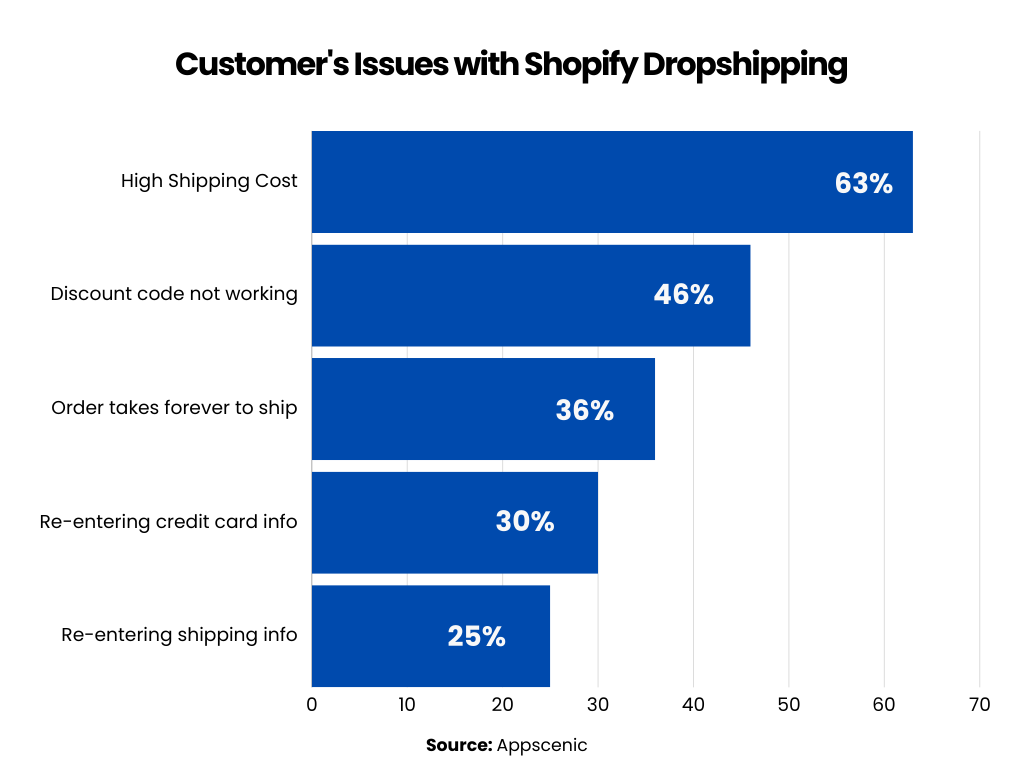
Customer Service Complexity
Providing excellent customer service in dropshipping can be demanding. With multiple suppliers involved, errors like selling out-of-stock products, missing shipments, or incorrectly delivered items are common.
Despite not directly managing inventory, retailers are accountable for resolving these issues and maintaining customer satisfaction. Effective communication and problem-solving skills are crucial in managing customer expectations and rectifying mistakes promptly.
How to Dropship on Shopify?
If you’re considering Shopify Dropshipping but unsure about where to start, here’s a step-by-step guide to get started!
Step 1: Choose your niche
The first step to launching your Shopify dropshipping business is to select the product category or niche you want to sell in. Ideally, you should have an in-depth knowledge of this niche to better plan your marketing campaigns and offer quality customer support.
Step 2: Find your suppliers
Once your niche has been identified, you must find reliable suppliers capable of meeting your customers’ demands. You can find them on marketplaces like SaleHoo and AliExpress or by importing products via Oberlo.
Step 3: Personalize your store
Then, customize your Shopify store to reflect your brand: choose a theme suited to your niche, add your logo, and harmonize colors and fonts for a consistent brand identity.
Step 4: Integrate payment and delivery options
Configure the payment options you want to offer your buyers, such as credit cards or third-party solutions like PayPal. Shopify automatically calculates shipping costs based on weight and location.
Step 5: Create your product sheets
Write product descriptions, add quality photos, and set prices.
Step 6: Use marketing strategies to attract buyers
Rely on a combination of marketing strategies to attract potential buyers: paid advertising, presence on social networks, and emailing campaigns.
Step 7: Optimize your product sheets
Reference your product sheets by identifying relevant keywords and integrating them into titles and descriptions.
Step 8: Provide excellent customer service
Even without stock, provide robust customer service so that your customers are fully satisfied with their purchases.
Step 8: Test your marketing strategies
Test different approaches to understand what works best for your Shopify dropshipping business. Analyze the results to optimize your campaigns and SEO.
How Profitable is Shopify Dropshipping?
A Shopify dropshipping business model has the potential to generate significant profits for store owners. Typically, most Shopify dropshippers make an average monthly income ranging from $1,000 to $5,000, with the top-performing entrepreneurs earning over $100,000 annually. However, the success and profitability of a Shopify dropshipping venture depend on various factors.
The profitability of a Shopify dropshipping store is influenced by the cost of acquiring the products you sell and the pricing strategy you implement. The balance between these costs and prices directly impacts your business’s profit margins. While it is common to pay a premium for high-quality products, working with more expensive suppliers may require you to set higher prices to maintain healthy profit margins.
One advantage of dropshipping is that it eliminates the need for manufacturing, warehousing, and other costly logistics associated with inventory management. This means that while monitoring product costs is crucial, you can avoid significant overhead expenses. Instead, you can focus your resources on building a strong brand identity, which is essential for effectively scaling your business.
Conclusion
Shopify is an excellent platform for launching a successful dropshipping business. Its user-friendly interface, integration with accounting software, and the availability of dropshipping apps make it an attractive choice for entrepreneurs looking to start an online business with minimal upfront investment.
However, starting a dropshipping business on Shopify isn’t as easy as it seems. Fortunately, numerous Shopify dropshipping apps are available on the App Store that can assist in finding suitable suppliers and managing the logistics of order fulfillment. These apps often have extensive databases of vetted suppliers, making it easier to source products that align with your niche and target market.
FAQs
How Does Dropshipping Work with Shopify?
With Shopify, you create an online store and list products from a supplier. When a customer buys, you purchase the item from the supplier, who then ships it directly to the customer. You manage the storefront and customer service while the supplier handles inventory and fulfillment.
Is Shopify Good for Dropshipping?
Shopify is a user-friendly platform with a large app store offering dropshipping integrations and tools. It lets you manage your store, products, and orders efficiently. However, other platforms specifically designed for dropshipping may offer more specialized features.
Why Use Shopify for Dropshipping?
Shopify is a scalable platform that integrates with many dropshipping suppliers and offers marketing tools to help you reach customers. It’s a good choice for those who want a well-rounded platform for their dropshipping business.
Is Dropshipping Legal in India?
Yes, dropshipping is legal in India. It’s a legitimate business model where you act as a retailer sourcing products from a supplier. Just ensure you comply with Indian regulations regarding taxes and consumer protection.
Categories
Top Posts
- 110 Best Shopify Review Apps to Increase User’s Trust
Shopify.July 24, 2024
- 2Top 10 Shopify Competitors That Are Outperforming This E-commerce Giant in 2024
Shopify.July 22, 2024
- 3Is Shopify Good for SEO? (Detailed Pros and Cons)
Shopify.July 18, 2024
- 4What is Shopify? All You Need to Know About This E-commerce Platform
Shopify.July 15, 2024
- 5The Complete Shopify SEO Checklist to Boost Your Store Rankings (Guide for 2024)
Shopify.July 3, 2024

